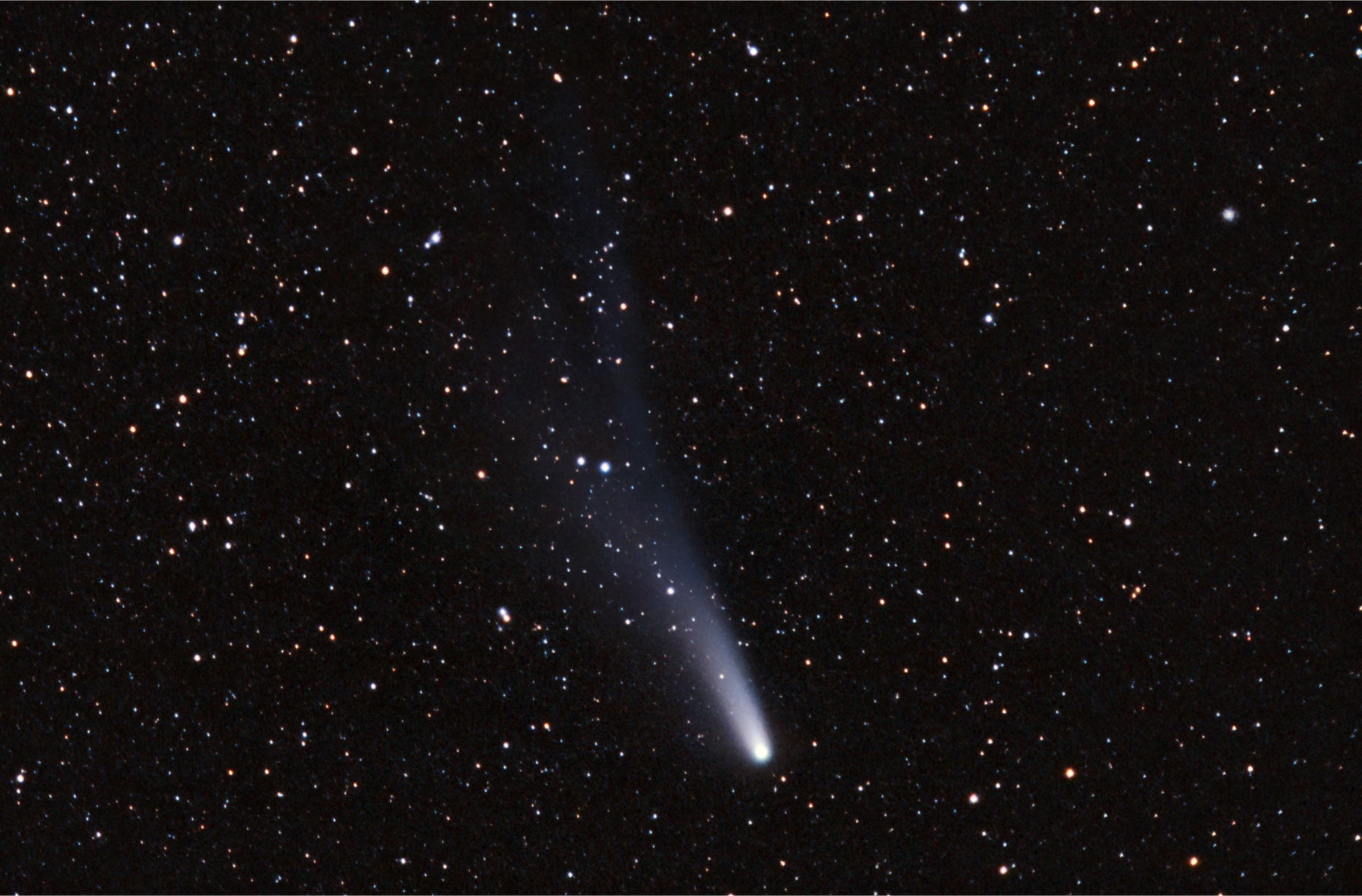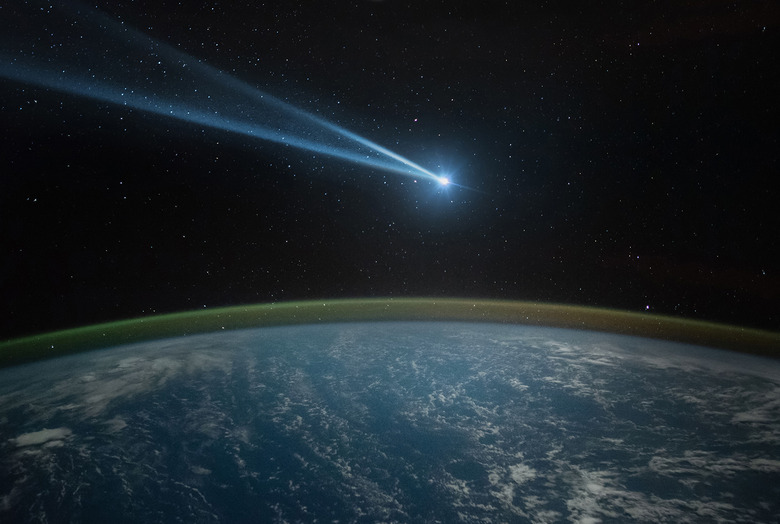A Naked-Eye Comet Is Coming To Earth This Week - Here's When To See It
This week, skywatchers will be treated to yet another rare treat: Comet C/2023 A3, also known as Tsuchinshan-ATLAS, makes its way past Earth. This comet will be visible to the naked eye as it passes by our little planet, and folks in both the northern and southern hemispheres will have a chance to spot it. Here's what you need to know to spot this naked-eye comet in the night sky.
Depending on which hemisphere you're in, the best time to spot Comet A3 will vary. However, you'll be able to find it in the night sky throughout September and even into October. It won't be nearly as spectacular as the green comet last year, but it is still something you won't want to miss.
The best view of this incoming naked-eye comet—as I'm going to refer to Comet A3 for this article—for the southern hemisphere will be during its perihelion on September 27. That's when the comet will be closest to the sun and, therefore, the brightest and easiest to spot. It'll be visible in the Sextans and Leo constellations.

If you're in the northern hemisphere, though, the best time to see the comet is going to come next month, around October 12. This is when the comet will re-emerge from the sun's glare, and it will also be at its closest point to Earth—around 44 million miles away.
The comet will remain visible throughout the constellation of Ophiuchus in the west as it travels away from the sun. However, those within the northern hemisphere will also get a few other opportunities to catch a glimpse of the latest naked-eye comet. That's because you'll also be able to see it on September 27 while the comet is close to its perihelion.
It will continue to be visible throughout October 2. However, you'll need to go out an hour before sunrise for a chance to see it during those days. Some reports say that the comet is likely to have a tail of dust and ice—maybe even two tails. Depending on its orientation with the Earth at the time, though, you may only see one tail.
